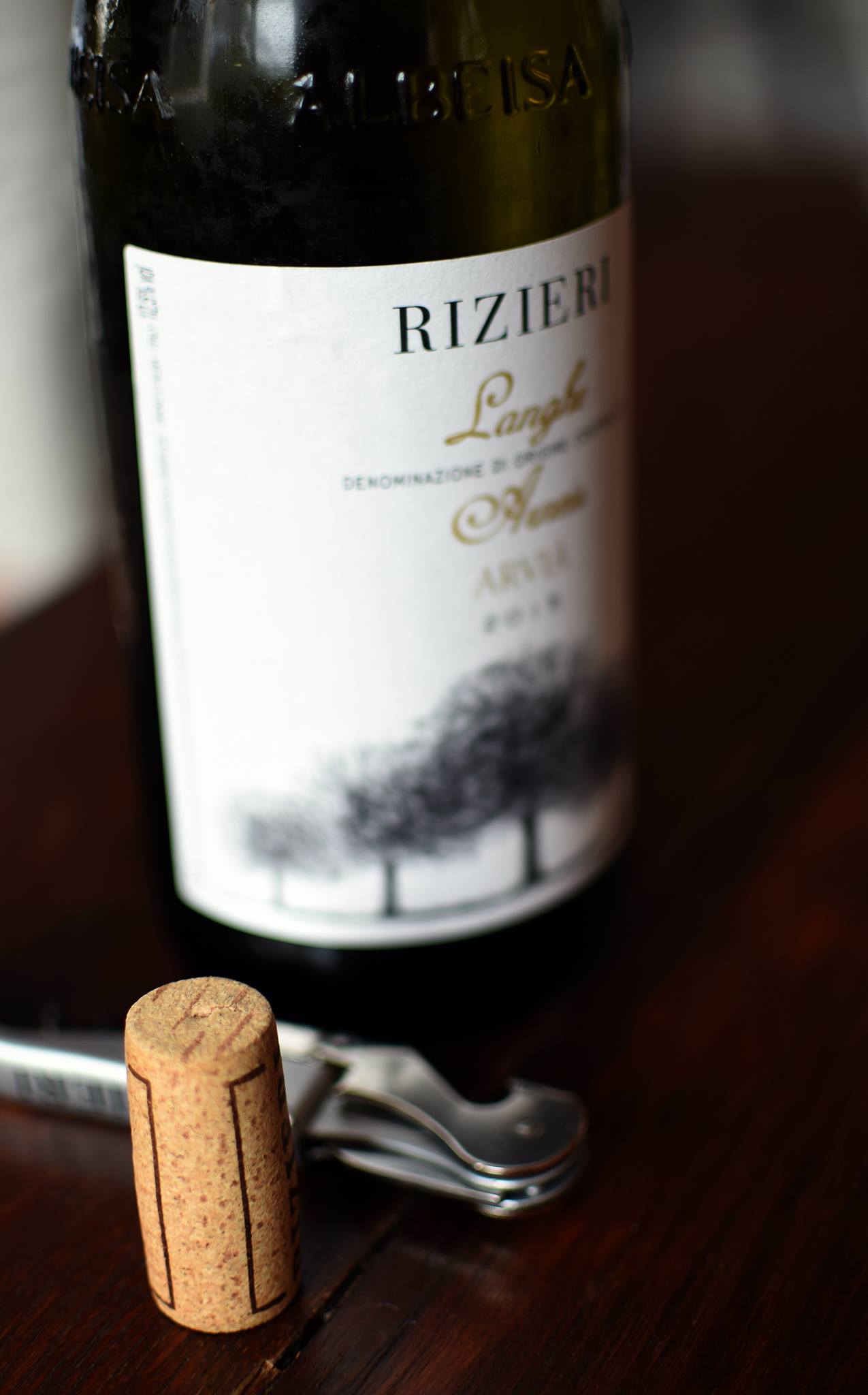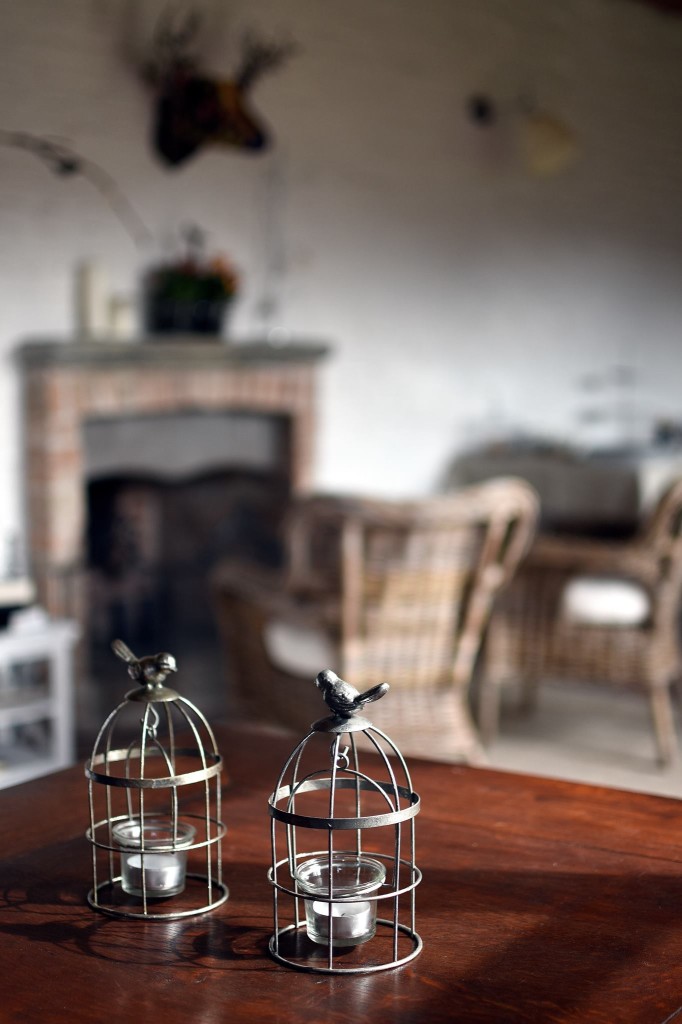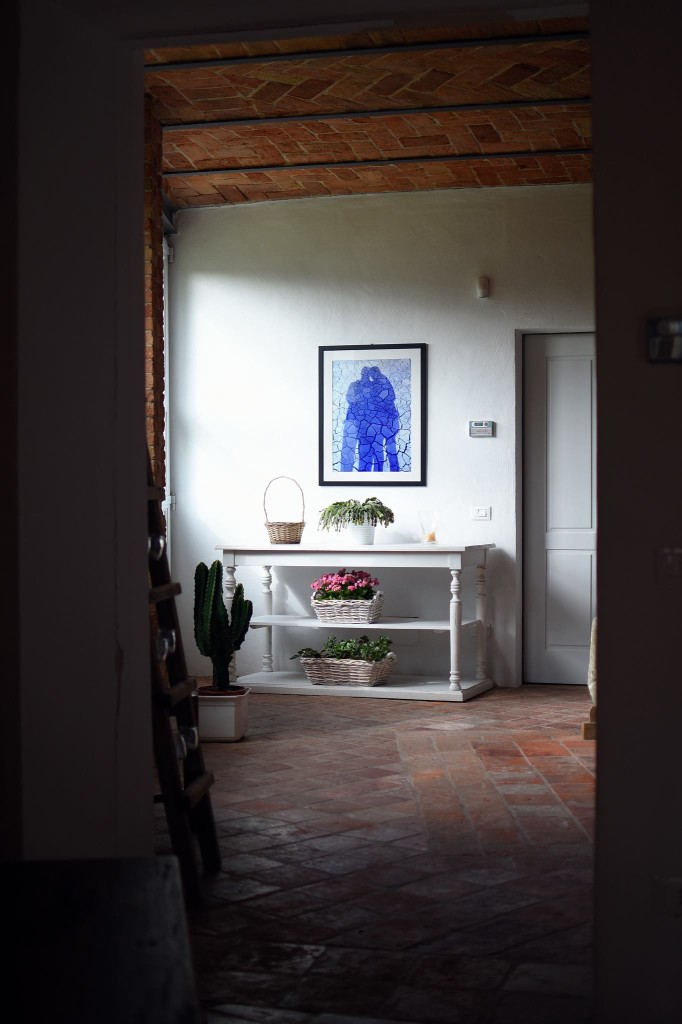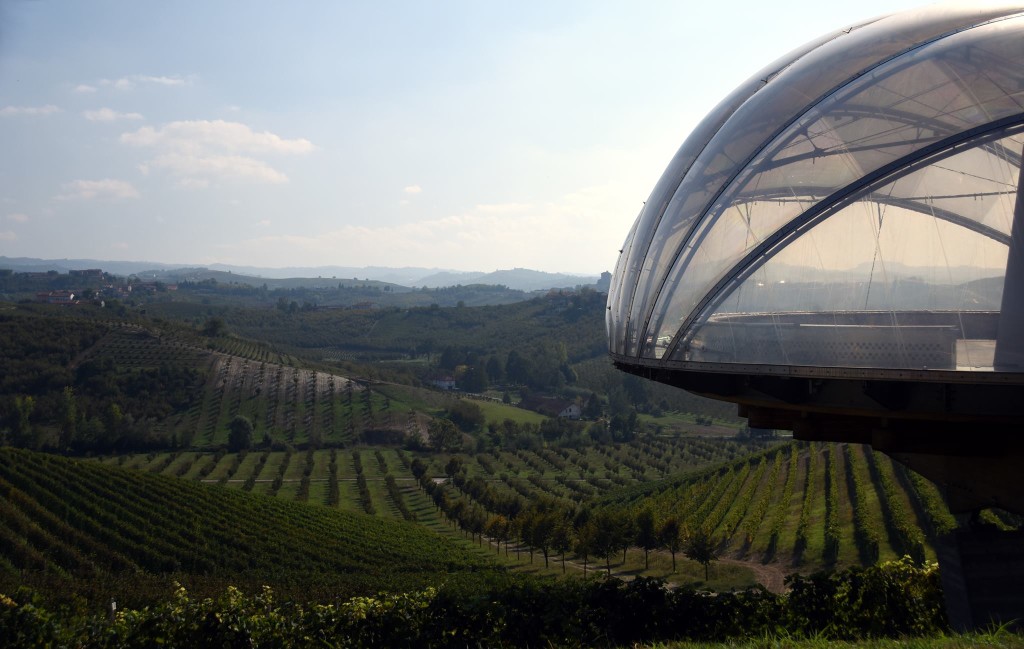 Last fall, I traveled to several wine regions in Italy on vacation. I spent some time in the gorgeous Piemonte region, which is home to one of my favorite wines (Barolo). The trip was well planned, as the harvest was timely this year, the quintessential Nebbiolo grapes were at their peak, and it also happened to be the start of truffle season. (The weather was also, thankfully, perfect.) I spent a lot of time visiting vineyards, tasting, and learning more about the region and talking to winemakers to learn more about their craft, history, and profession. Two of my favorite visits from the trip were to Rizieri and Ceretto.
Last fall, I traveled to several wine regions in Italy on vacation. I spent some time in the gorgeous Piemonte region, which is home to one of my favorite wines (Barolo). The trip was well planned, as the harvest was timely this year, the quintessential Nebbiolo grapes were at their peak, and it also happened to be the start of truffle season. (The weather was also, thankfully, perfect.) I spent a lot of time visiting vineyards, tasting, and learning more about the region and talking to winemakers to learn more about their craft, history, and profession. Two of my favorite visits from the trip were to Rizieri and Ceretto.
Rizieri
Rizieri winery is truly a hidden treasure, nestled at the end of a bumpy drive through a long stretch of Piemonte landscape followed by a magnificent row of oak trees (which are also featured on the labels of Rizieri wines). The winery is run by a charming couple, Arturo and Barbara Verrotti di Pianella, who greeted us on a beautiful autumn morning in October. Rizieri is located in the stunning hills of Diano d’Alba (in the center of the Langhe) with an estate that covers more than 13 hectares. The native grape species include Dolcetto, Barbera, Nebbiolo, and Arneis, along with a small plot of Merlot and Cabernet Sauvignon, and are exposed to a microclimate that includes cool and temperate impacts. The winery structure (Cascina Ricchino) contains a 19th center farmhouse which is home to tastings as well as an agriturismo. The tasting room is a classic display of whitewashed bricks, wicker, and gorgeous white-framed windows that overlook the region.
beautiful autumn morning in October. Rizieri is located in the stunning hills of Diano d’Alba (in the center of the Langhe) with an estate that covers more than 13 hectares. The native grape species include Dolcetto, Barbera, Nebbiolo, and Arneis, along with a small plot of Merlot and Cabernet Sauvignon, and are exposed to a microclimate that includes cool and temperate impacts. The winery structure (Cascina Ricchino) contains a 19th center farmhouse which is home to tastings as well as an agriturismo. The tasting room is a classic display of whitewashed bricks, wicker, and gorgeous white-framed windows that overlook the region.
We spent the late morning to early afternoon with Arturo and Barbara, tasting Rizieri’s Dolcetto di Diano d’Alba, Nebbiolo d’Alba, Babera d’Alba, Barolo, and the Arneis. A favorite was the Arneis, which comes from a single vineyard within the Sorì del Ricchino, Diano d’Alba and is made from 100% Arneis grapes that rest about 300 meters above sea level in soil resembling clay and calcareous marls. The Arneis is hand-harvested generally in early September and ferments in stainless steel without the use of oak. This clearly influenced the balance, crispness, and floral palate of the wine. Also a clear favorite was the Barbera d’Alba  (DOC Sbilauta), which is made from 100% Barbera grapes that rest about 350 meters above sea level and are hand-harvested, generally at the end of September or early October. The Barbera d’Alba is fermented in stainless steel tanks and ages in Slavonia oak barrels for about 3-4 months, which is evident in its spicy but fruit-forward taste.
(DOC Sbilauta), which is made from 100% Barbera grapes that rest about 350 meters above sea level and are hand-harvested, generally at the end of September or early October. The Barbera d’Alba is fermented in stainless steel tanks and ages in Slavonia oak barrels for about 3-4 months, which is evident in its spicy but fruit-forward taste.
Rizieri is a must stop for anyone visiting the Piemonte region and wishing to visit a family-owned and operated winery. The property is elegant and peaceful and the wines are sophisticated and approachable.
Ceretto
Ceretto is certainly a different winery from Rizieri in both size and structure but is still home to some fantastic wines. Ceretto is one of the largest vineyard proprietors in Piemonte and covers over 160 hectares of estate-owned vineyards which are primarily found in the Langhe and Roero regions (11 hectares are in DOCG Barolo; 8 hectares are in DOC Barbaresco; and 80 hectares are across four vineyards of Blangé). Our visit included a tour and tasting at the Monsordo Bernardina Estate in Alba, which is the central point of Ceretto and home to the winery’s production, administrative, and commercial activities. The Estate has more than 30 hectares of surrounding vineyards, which include both traditional Piemonte grapes and international varieties. The company embraces modern design throughout its headquarters and is known for The Berry (l’Acino), a glass structure that overlooks Ceretto’s vineyards and resembles the shape of a wine grape.
Ceretto embraces strong principles of environmental sustainability throughout its wine production; its vineyards are tended to under organic farming principles and the only natural substances are used on the vines. Ceretto has followed this practice since about 2010 in all of its vineyards and obtained Certification in 2016 for their 2015 vintage.
One of the best aspects of our tour of Ceretto was the opportunity to taste a large variety of Barolo wines, all of which were produced from grapes from different areas of Barolo (Cannubi San Lorenzo, Bricco Rocche, Brunate, and Prapò). Cannubi San Lorenzo contains .25 hectares; Bricco Rocche contains 1.46 hectares; Brunate contains 5.60 hectares; and Prapò contains 2.40 hectares. There was a clear and remarkable difference in the profiles of all of Ceretto’s Barolo wines despite the fact that all grapes were grown in the Barolo DOCG due in part to the different soil contents, altitudes above sea level, and directions of sun exposure.
Most interesting was the Barolo Chinato which contains 100% Barolo DOCG and is, perhaps, most synonymous to the term”elixir.” Ceretto’s Chinato combines Barolo grapes with herbs and an infusion of China Calissaia (cinchona) in a spirits base. It is spicy and sweet at the same time and contains slightly bitter and juicy elements as well. Chinato is an elegant after-dinner drink and pairs well with chocolate and rich-flavored ice creams like hazelnut.
Ceretto is a perfect stop for wine lovers if not for the property’s education in Barolo wine, then for its education in the region’s history and sustainability practices.
Photographs property of Christopher Kulawik.